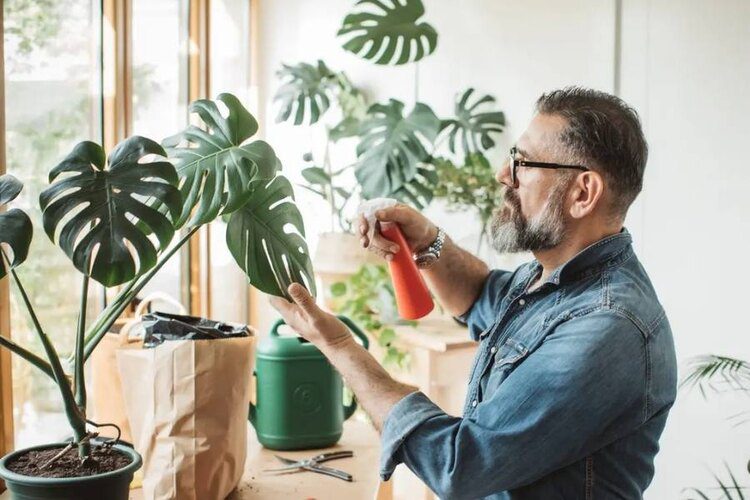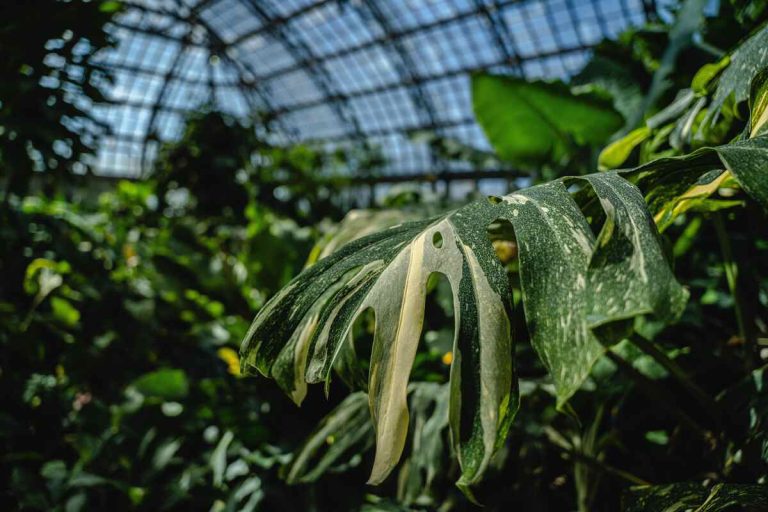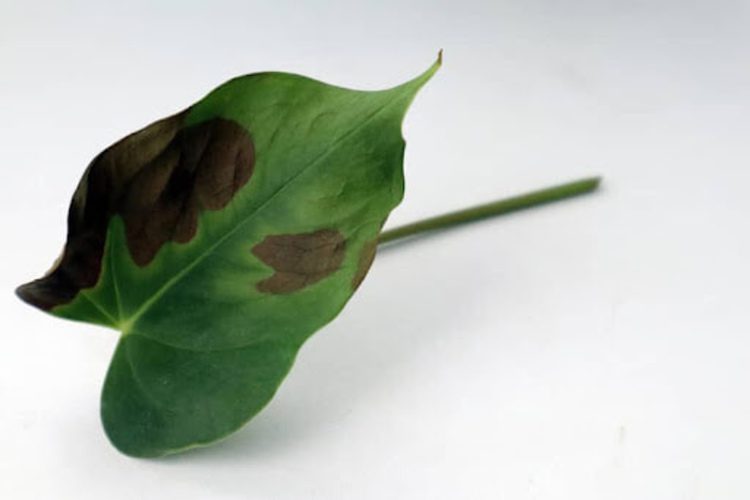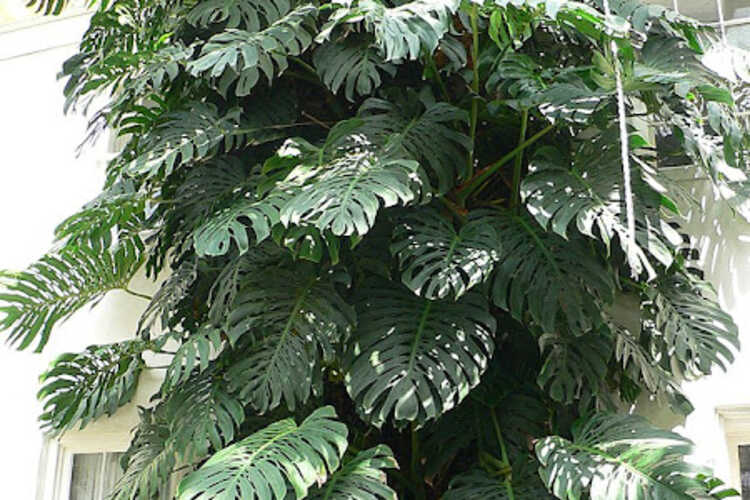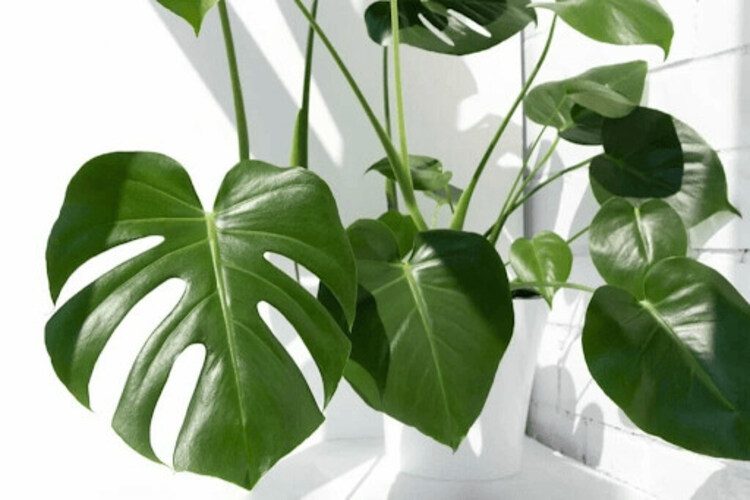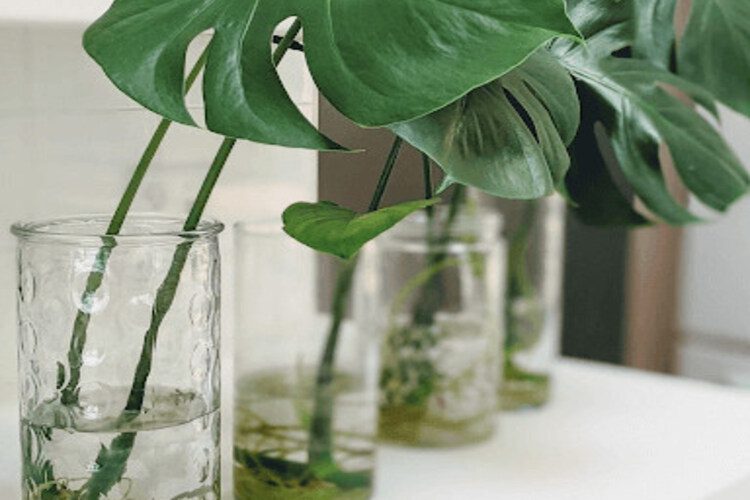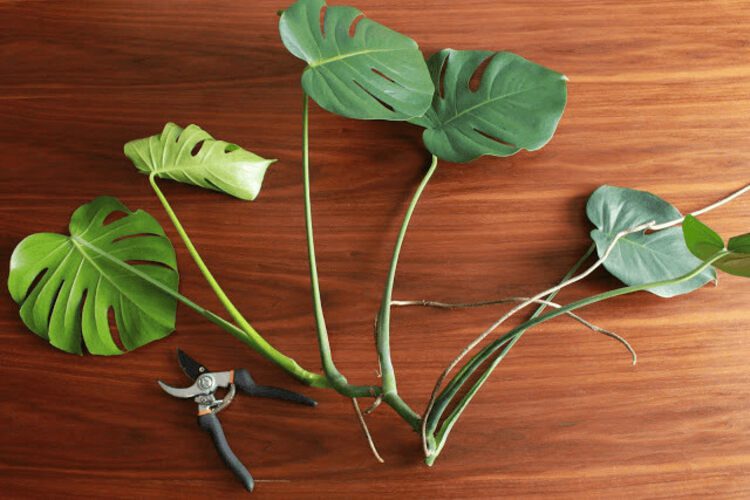Can Grow Monstera In Water? Answer & Guides
![Helpful Guides On Growing Monstera In Water [Update In 2023]](https://www.swipegarden.com/wp-content/uploads/2023/07/growing-monstera-in-water.jpg)
Growing Monstera in water is a concern for many people. Monstera growth in this particular environment is different from that in soil. You should not let Monstera survive in the liquid for long, but for some time, it would be an exciting experiment to do with propagation and cuttings.
You also need to keep a few tips and tricks handy when growing Monstera in water to ensure its health. Let’s scroll down to read more information!
Can You Grow Monstera In Water?
Yes, you can grow Monstera in the water. Some owners can even keep Monstera in water for years by changing the water frequently. However, you should not let Monstera stay in the water for extended periods.
In other words, this Monstera plant is not an aquatic plant. For indoor plants to grow and develop best, we need to create an environment as close to nature as possible. So if you grow Monstera in water, it means forcing them to adapt to completely new situations that they don’t find in the wild.
Limit tap water use because it may contain chlorine, which is unsuitable for growing plants. When you put Monstera in water, the roots will absorb the water. Water roots are lighter and smaller than soil roots.
Fortunately, Monstera is a flexible plant. They can withstand a wide variety of conditions, and you can successfully grow them indoors. Some people want to grow Monstera in water, and it is best to look at the pros and cons of the method for a long time.
How Long Can It Be in Water?
It is not easy to determine how long Monstera can survive in liquid. When the owner discovers that the tree’s condition is not correct, they will try to fix it in many ways. So there won’t be many cases where the bite remains in the liquid.
If the plant dies in water, check if you have provided the ideal conditions for it. Not changing the liquid or adding nutrients is also the cause.
According to what the plant growers share, the plants will start to look bad after two or three years. Of course, there are still a few cases that last longer, but they are atypical.
What Are The Benefits Of Growing Monstera In Water?
Although growing in liquid forces them to adapt to their new environment, some owners love this method. Here are some reasons.
No Soil Need
If you have pets that love to dig in pots, growing Monstera in water is a good choice. It effectively helps you limit the situation where mischievous pets scatter potting soil throughout the house. Many people claim that they feel more at ease contacting liquid than nasty and strange dirt. Not only will liquid help your home look less cluttered, but it will also help you spot turbidity or moss quickly.
No Overwatering
Overwatering is a common problem for growers (except for hydrophilic plants). It may sound counterintuitive that growing in liquid helps prevent this, but unique roots develop to absorb the proper nutrition when placed in water.
This type of plant’s roots will be smaller and thinner than the soil roots, and you can check.
Easy Containers
When growing in water, you can observe the roots and quickly spot any unusual problems. For various reasons, these holes can become blocked over time and cause a lot of trouble for tree owners. Some good decorative pots do not have drainage holes.
Whereas if you grow plants underwater, you can make good use of pots that don’t have drainage. Even the container can be any old jar or pot.
Easy Take Care
When growing in liquid, you can observe what is happening with the roots and spot unusual problems quickly. So when damage or root rot appears, you can quickly remove it to ensure the liquid is in the best condition.
If you are a person who often travels for work or tourism and does not feel secure leaving home furniture for others to take care of, growing plants in the country is a good solution.
If the water becomes cloudy due to debris, it can cause root rot. Keep the water clean if you don’t want this root rot.
Even if those people don’t have much experience caring for plants, they need to replace or add more liquid to ensure moisture for the plants.
Monteras in Water: What Are The Disadvantages?
Besides the above advantages, growing the plant in liquid also has some disadvantages, as follows.
Limited Growth
If you want your plant to grow tall and become a focal point in your home, growing it in water is not recommended. This growing method restricts plant growth and development, essentially conserving energy in less-than-ideal conditions.
If you want to keep it smaller to fit in more space, this is an advantage.
pH Levels problems
While I’m no expert on pH levels in the water, I know a fundamental problem: plants will have trouble absorbing nutrients if the pH level is low.
Suppose you want the plant to grow well in conditions that are entirely contrary to nature. In that case, additional test kits check the quality and recommend additives to use when the water is deficient.
Tips to Grow
Growing Monstera is not easy, and you may have difficulty or take care of it the wrong way, making the plant difficult to maintain long-term. Here are some tips you should keep in mind if you want your plant to thrive in water:
- Provide Sunlight
First, you need to provide plenty of sunlight. It’s difficult to put the pot indoors, but you can find some methods to create indirect light, ensuring that the growing space is always bright.
While the plant is not fussy about humidity and average indoor temperatures are suitable for it, to stay healthy, it needs plenty of light, whether you grow it in liquid or soil.
- Change the water regularly.
Our advice is to change the liquid as often as every 2 to 3 days, or if you are busy, make sure to do it at least once a week. The water change ensures there is enough oxygen for the plant to breathe. Unlike in an earthen pot with enough oxygen circulating, this amount will dry up over time in the water, so you need to pay extra attention.
- Check for roots
Damaged roots can cause the container to appear mossy. Therefore, when changing the water, you should check the condition of the sources to remove damaged seeds in time.
Conclusion
We’d like to share some exciting information about growing Monstera in water with you. If you have any questions about gardening, please leave a question, and we will respond as soon as possible. Thank you for reading!
FAQs
Related posts:


